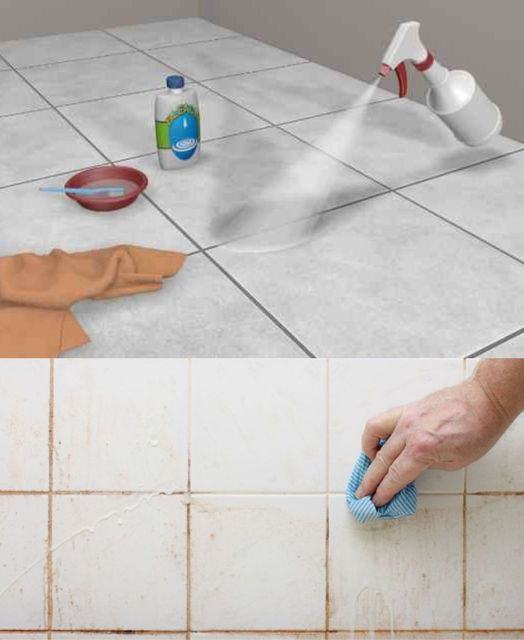ADVERTISEMENT
This Natural Compound Will Make the Black Joints Between the Tiles White Again
Over time, the black joints between your bathroom or kitchen tiles can start to look grimy and unsightly. Whether it’s from mold, mildew, grease, or just general wear and tear, those once-white grout lines can easily darken, making your space appear much dirtier than it actually is. But don’t worry – there’s an easy and natural solution to restore the brightness and cleanliness of those grout lines without the need for harsh chemicals. All you need is a simple, powerful compound that you probably already have at home!
Let’s explore how to make your black grout lines white again using a natural, eco-friendly compound that is gentle yet highly effective.
The Magic Ingredient: Baking Soda and Vinegar
You may have heard of the wonders of baking soda and vinegar when it comes to cleaning, and for good reason. This dynamic duo is not only safe and non-toxic, but it also packs a serious punch when it comes to tackling grime, stains, and build-up. Here’s how you can use them to make your tile joints white again.
Ingredients:
- Baking soda
- White vinegar
- Warm water
- An old toothbrush or grout brush
- A clean cloth or sponge
Step-by-Step Instructions:
1. Create the Cleaning Paste
Start by making a thick paste using baking soda and a small amount of water. Mix them together in a bowl until you get a consistency similar to toothpaste. If you want to boost the cleaning power, you can add a splash of white vinegar to the paste. The bubbling action between the vinegar and baking soda helps to lift the dirt from the grout lines.
2. Apply the Paste to the Grout Lines
Use an old toothbrush or a grout brush to apply the baking soda paste directly onto the blackened grout lines between your tiles. Be generous and ensure that the paste covers all of the grout you wish to clean.
3. Let It Sit
Allow the paste to sit on the grout for 5 to 10 minutes. The baking soda will start to work its magic, loosening the dirt and grime, while the vinegar (if added) will help break down any soap scum, grease, or mildew that has built up.
4. Scrub the Grout Lines
After the paste has had a chance to sit, use the toothbrush to scrub the grout lines in small, circular motions. The abrasiveness of the baking soda helps to scrub away the dirt without damaging the grout or the tiles. For tougher stains or blackened areas, you may need to apply a little extra paste and scrub a bit harder.
5. Wipe Away the Paste
Once you’ve scrubbed the grout lines, use a clean cloth or sponge dampened with warm water to wipe away the paste. You should see the grout lines turning a few shades lighter as the dirt and grime are lifted off.
6. Repeat If Necessary
For more stubborn stains, repeat the process. You can also make a stronger cleaning solution by spraying vinegar directly onto the grout lines after you’ve applied the baking soda paste. The fizzing action will give the grout lines an extra clean, leaving them sparkling and white.
7. Final Rinse
Once all the paste has been removed, rinse the area with clean water to ensure no residue is left behind. Wipe it down one last time with a dry cloth to reveal your clean, bright grout lines.
Why This Works:
- Baking soda is a mild abrasive, making it perfect for scrubbing away dirt and stains without damaging your tiles or grout.
- Vinegar is acidic, which helps break down grease, mildew, and soap scum that often lead to darkening or staining of grout.
- Non-toxic and safe: Unlike many commercial cleaning products that contain harsh chemicals, this method is both effective and safe for your home environment.
- For Complete Cooking STEPS Please Head On Over To Next Page Or Open button (>) and don’t forget to SHARE with your Facebook friends
